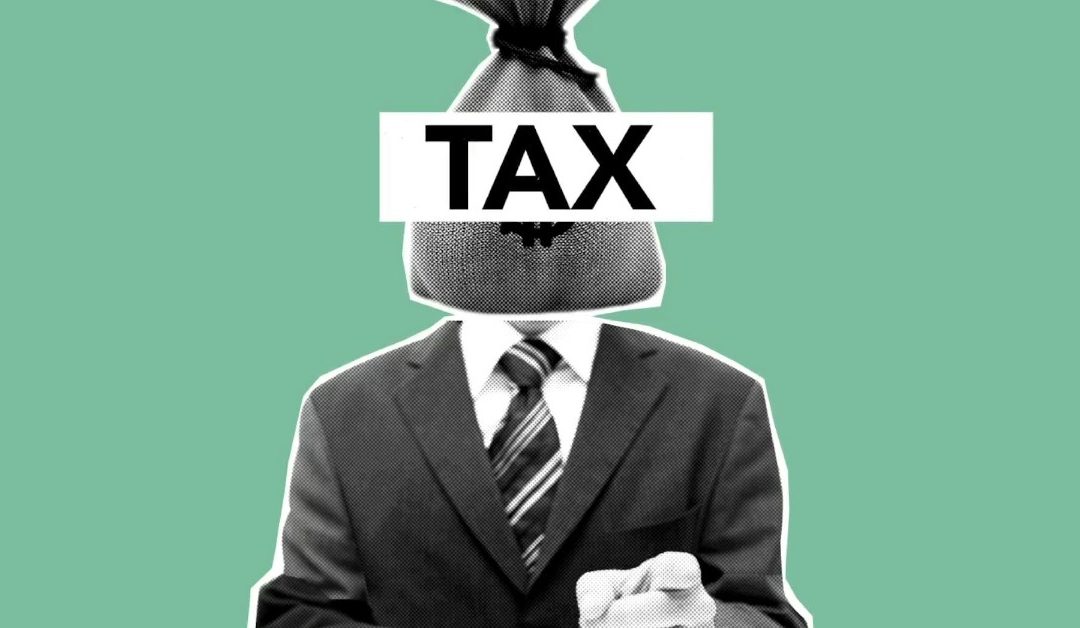Intro
Navigating the labyrinth of taxes is a common challenge for all business owners, particularly in the UK where Value Added Tax (VAT) comes into play. This tax can be a minefield, depending on how well you understand the concept of the VAT threshold and how it applies to your business. This guide aims to simplify the VAT threshold concept, explaining its significance, how it changes, and the obligations that come with surpassing it.
Understanding the Concept of VAT Threshold in the UK
In the UK, the VAT threshold marks the turnover limit a business can reach within any consecutive 12-month span before it is required to register for VAT. Currently, this cap stands at £85,000. Bear in mind, though, that this amount is not set in stone; alterations may be declared during the government’s yearly Budget announcements. Should your business’s turnover overshoot this limit, or you anticipate it to within the imminent 30 days, VAT registration becomes obligatory.
The Importance of Regularly Checking Your Turnover
Keeping a keen eye on your turnover is crucial due to the ‘rolling’ nature of the 12-month period that is applied to the VAT threshold. This isn’t simply calculated based on a calendar year, but on any given consecutive 12-month period. As a business owner, this means you must be vigilant and periodically check your turnover figures to ensure you’re not unintentionally edging towards or exceeding the threshold. This constant monitoring will keep you prepared, helping to avoid any unpleasant surprises or non-compliance penalties.
Obligations Once You’ve Exceeded the VAT Threshold
Stepping over the VAT threshold means your business has some immediate responsibilities to fulfil. Within a month, you should register for VAT to avoid fines. Subsequently, you’ll need to integrate VAT into your pricing, regularly lodge VAT returns – typically each quarter – and sustain thorough VAT records. Navigating through changing VAT rates and laws will also become a part of your routine. This can be quite a task, but with careful planning and diligent record keeping, you can manage this transition smoothly.
Considering Voluntary VAT Registration
While it’s not obligatory until your turnover exceeds £85,000, you might want to consider registering for VAT voluntarily. This could be particularly advantageous if your business often transacts with other VAT-registered entities, allowing you to recover VAT on your expenses. Voluntary registration also carries a reputational benefit, as it can create an impression of an established, successful enterprise, which may enhance your business’s image in the eyes of customers, clients, and competitors. Nevertheless, keep in mind that this also means you’d need to integrate VAT into your pricing structure and comply with the VAT reporting requirements.
Understanding the VAT Flat Rate Scheme
The VAT Flat Rate Scheme is a godsend for small businesses seeking to simplify their VAT accounting. This unique scheme allows you to pay VAT as a fixed rate of your turnover, rather than calculating it for every single transaction. The simplicity comes with a caveat, though – under this scheme, you’re unable to reclaim VAT on your purchases, with the exception of certain capital assets over £2,000. The Flat Rate Scheme may appear straightforward, but like all tax matters, it’s laden with nuances that need careful consideration.
Navigating Changes in the VAT Threshold
Adapting to fluctuations in the VAT threshold is an essential part of managing your business finances. These alterations typically occur during the government’s annual Budget announcements. If the threshold decreases and your turnover falls within the old and new limit, you could suddenly find yourself needing to register for VAT. On the flip side, a rise in the threshold may exempt you from VAT registration. Therefore, it’s critical to stay abreast of these changes and understand their potential impact on your business operations.
Seeking Professional Advice on VAT Matters
While this guide demystifies many aspects of the VAT threshold, it’s worth noting that VAT is an intricate domain. Often, turning to professionals for advice can be invaluable. Tax consultants or accountants can delve into your specific business scenario, offering tailored advice to help you effectively deal with VAT obligations while maximising potential benefits. Their expert knowledge can help you circumnavigate potential pitfalls and leverage opportunities, adding immense value to your business’s financial management.
How to access VAT Loan facilities to ease the pressure on cash flow
Managing VAT obligations can impact your cash flow. A helpful solution could be VAT Loans or Tax Funding, which are designed to spread the cost of your quarterly VAT bill. Professions Loans are another viable option, often used by professionals to cover tax liabilities. To access these facilities, you would typically need to approach a lender, providing your business’s financial records and VAT returns. Keep in mind, though, that terms and conditions may vary between lenders, so exploring different options can be beneficial. Using an FCA regulated credit broker can be help you gain access to the lenders that offer VAT facilities.


Recent Comments